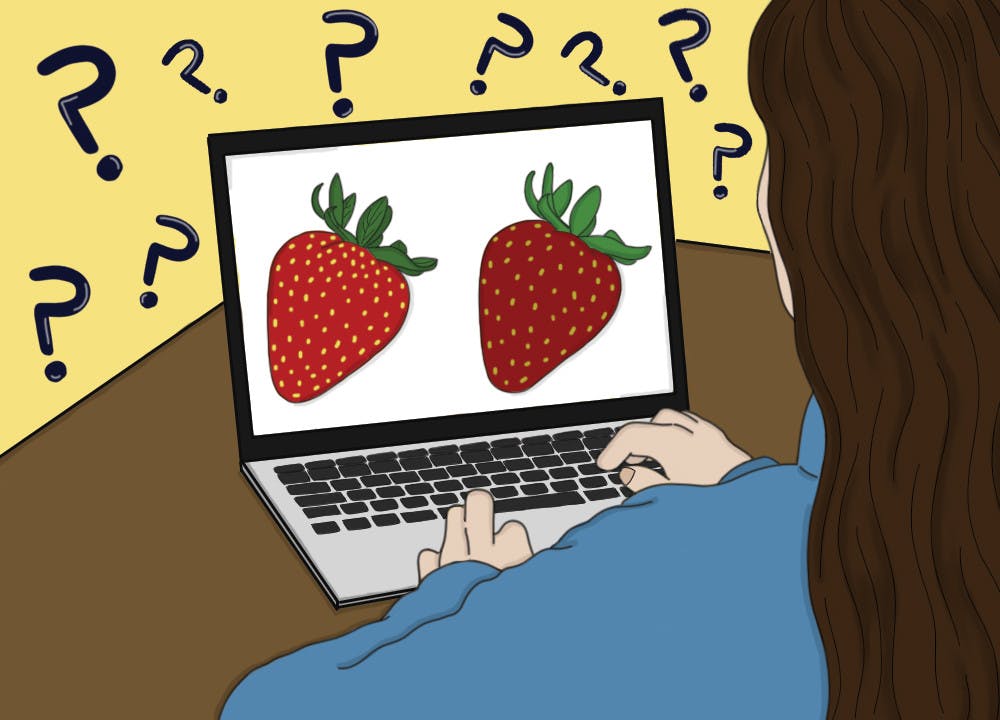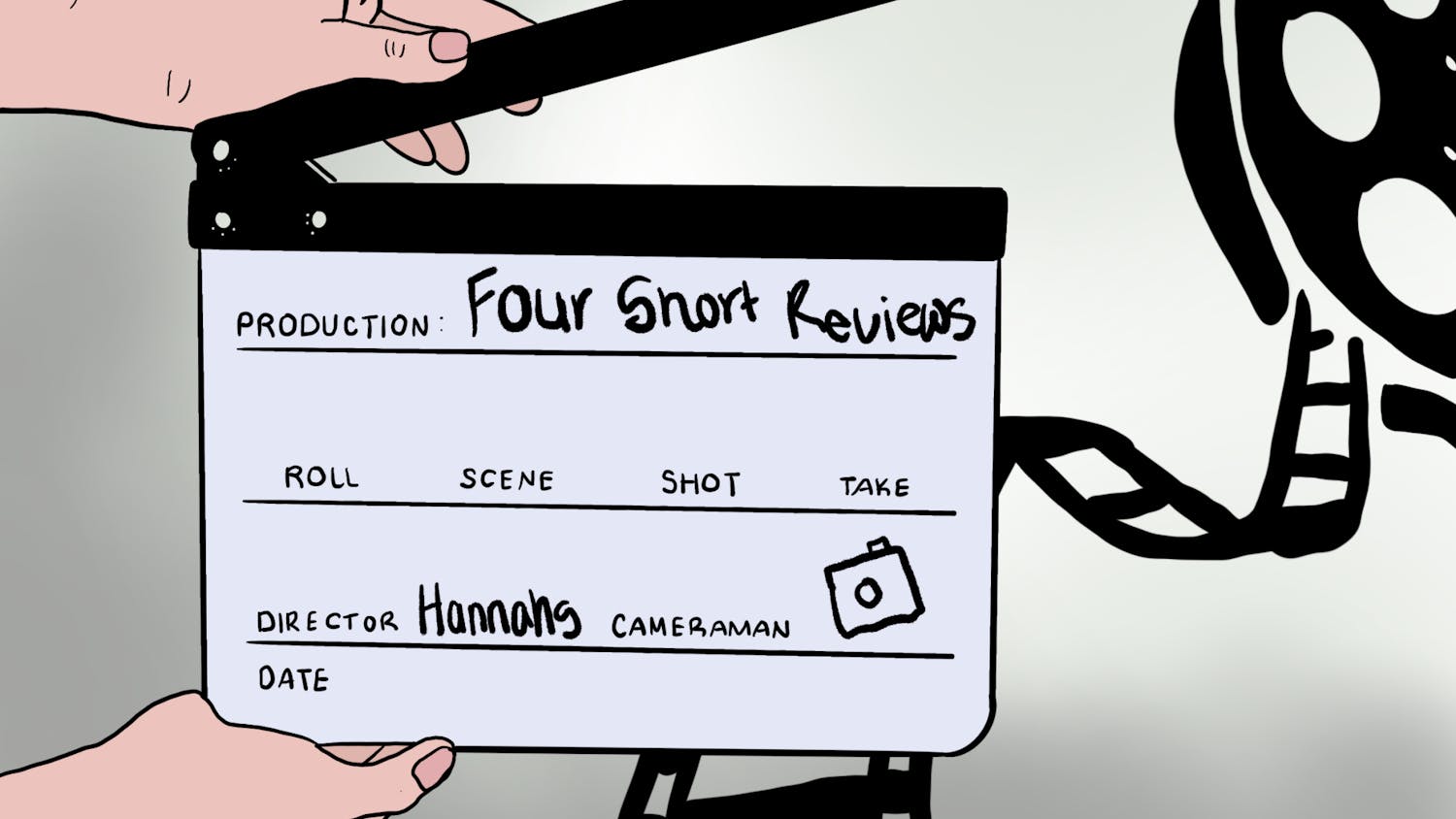Artificial Intelligence, or AI, has been slowly implemented into the media landscape — from finding things on the internet and creating pictures to writing scripts, making recipes and helping students with homework.
While these utilizations are helpful, AI can create many gray areas in creative work. It is sometimes hard to differentiate between AI-generated material and original work, especially in creative fields.
So, here are some tips on how to spot the differences.
One way to tell if literature is man-made is if it has an authentic voice. AI-generated pieces are often robotic and lack emotion or personality. In turn, content written by humans might be full of passion, with their authentic opinions or identities shining through.
A computer does not have the same emotional capacity as humans, so it is important to pay attention to the syntax and structure of written content. Chatbots, like OpenAI’s ChatGPT, have instances of lacking a personal touch in the written content they produce. It often utilizes mixed tones or complex syntax. Although many use the service for work in schools or jobs, recognizing overly complex sentence structures as AI-generated can make readers less gullible.
Another way to spot the work of AI is to check the sourcing used to support arguments. AI services are not always programmed to have the latest information, considering the time or method in how these programs were created.
Also, AI services are programmed to use knowledge freely from the internet. Since there is a lot of outdated and incorrect information online, readers should be cautious of the credibility of AI-generated content.
Repetitive language is another indicator of AI-generated content due to the keywords or sources the computer found its evidence from. The programs may repeat words from the prompt or lack training. The computer may not always have the perfect context for a question, so it could be unable to answer with more direct language without more adequate prompts.
In addition to AI-generated pieces of literature, AI has started generating images. While some AI-generated images seem perfect at first glance, it can quickly be determined that they aren’t.
Some people in AI-generated images do not have the correct number of limbs, fingers, teeth and other body parts. Other AI images are very pixelated. If one questions the validity of an image, one should zoom in on the pixels to see if it travels. If the people or objects in the image start getting obscured or distorted, then the picture is likely AI-generated.
One should also pay attention to human hair and features in suspected AI-generated images. Some AI-generated images have figures with poor hair quality and texture inconsistencies. Their hair may loop around them like clothing or be blurrier than one would expect. The person’s features might also seem too perfect.
Recently, a photo of Kate Middleton was found to be digitally altered. With the emergence of AI, people are less likely to believe pictures like these.
Although there are many tips for identifying AI-generated art and literature, it can still be difficult to find them. AI detectors are created for this purpose, but the services are not always accurate when detecting AI. Instead, AI detectors are more likely to “catch” non-native speakers than an AI. Educators are also advised to not use AI detectors on students’ work because there is a high chance it could be wrong.
As AI gets better, so will AI detection. AI is a vast, new area, which is why it is important people learn how to correctly navigate it.






